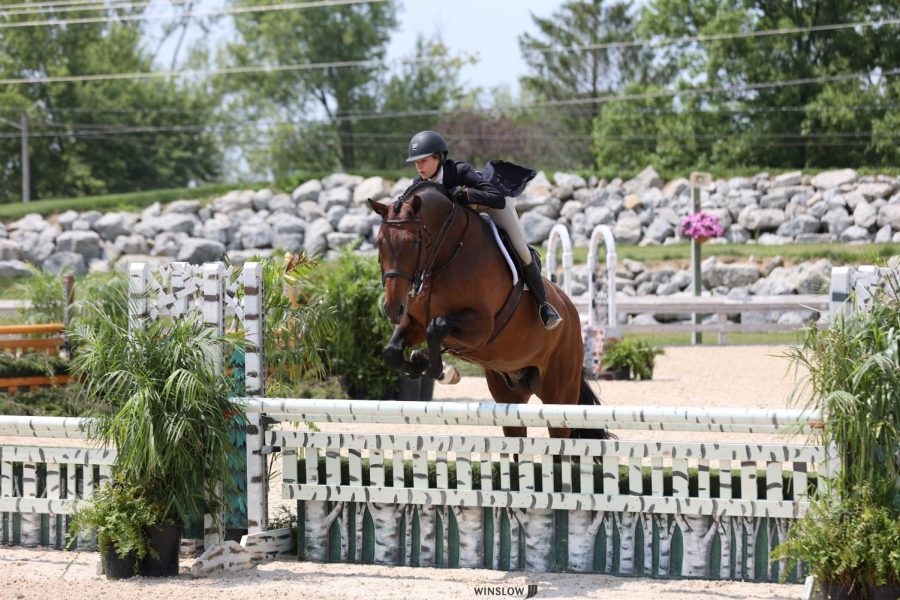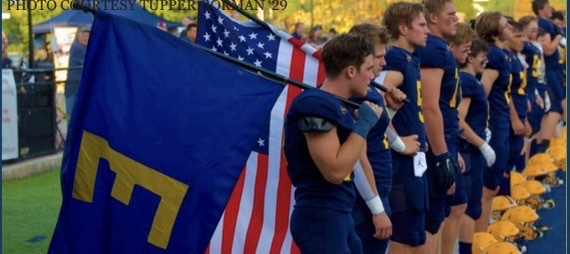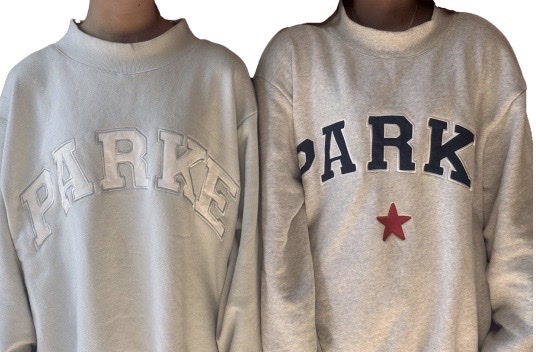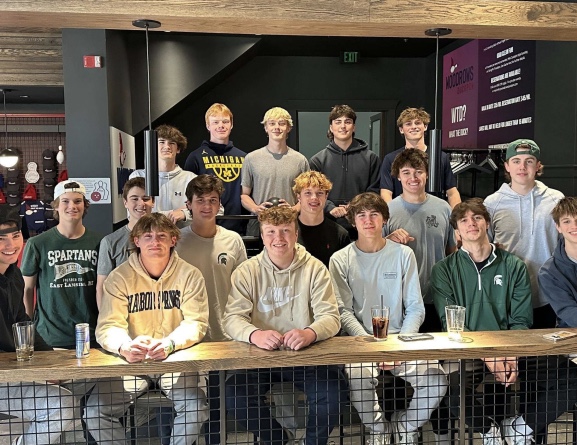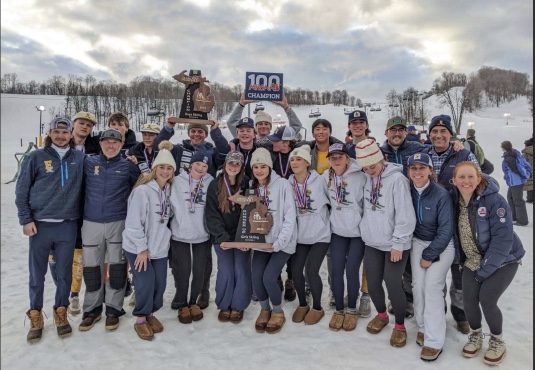Equestrian Extraordinaire Emma Paul Raises the Bar
Equestrianism, or the art of horseback riding involves the cooperation between the rider and a horse to accomplish tasks while being judged on their ability. Emma Paul, ‘23, has been doing it for five years and has big goals.
Paul has participated in many competitions since the beginning, with a recent competition being the Harrisburg National Horse Show. She has also qualified for the National Horse Show Maclay, in Kentucky.
Competitions have different divisions based on the rider’s experience, and each division has classes. The person who obtains the most points in a class gets champion in their division.
In competitions, there are two categories: equitation and hunters. In equitation, the rider is judged on form, ability, and style. In hunters the horse is judged on performance and soundness. In Paul’s opinion, she likes equitation more.
“I prefer equitation because I have a little more control,” Paul said. Her recent pattern in competitions reflects this:
“I’ve won more hunters, but I’m switching more towards equitation now,” Paul said.
The way competitions work is unique in the United States, with equitation and hunters. The rest of the world— aside from parts of Canada— has a different and only category, jumpers.
“Pretty much the whole world of equitation and jumpers is here,” Paul said.
For hunters, Paul and her horse Colt are actually around the top 50 in the state.
One of the biggest races that Paul hopes to qualify for is the Maclay. To qualify, you need a specific amount of points in a zone. Depending on the zone, each of which has multiple states, the participant needs a different number of points. The rider gets points by winning in a class.
“You get enough points and do regionals, then you have to get top 30 or so in regionals to get to finals,” Paul said.
Equestrians have their own horses: Paul’s is named Colt. He is a Hanoverian breed who she says works hard.
Training for competitions involves both form and strength exercises because both are important when performing.
“We take off the stirrups and saddles and it lets you do everything yourself, which is for your calves,” Paul said, “and we do a bunch of really weird exercises like we have a stick on our back to keep our shoulders back and our back straight.”
Aside from competitions, equestrianism is really just about the bond between the horse and the rider. Equestrianism showcases a lot of teamwork between a person and an animal, which makes it that much more interesting and unique. Equestrian competition traces roots to the seventh century BCE, with widespread popularity in Europe and North America beginning in the 1800s. Therefore, equestrians and their companionship with horses are ingrained within western society.
In the case of Emma Paul, the bond is evident:
“[Colt] always tries his best,” Paul said, “He helps me when I make mistakes.”


